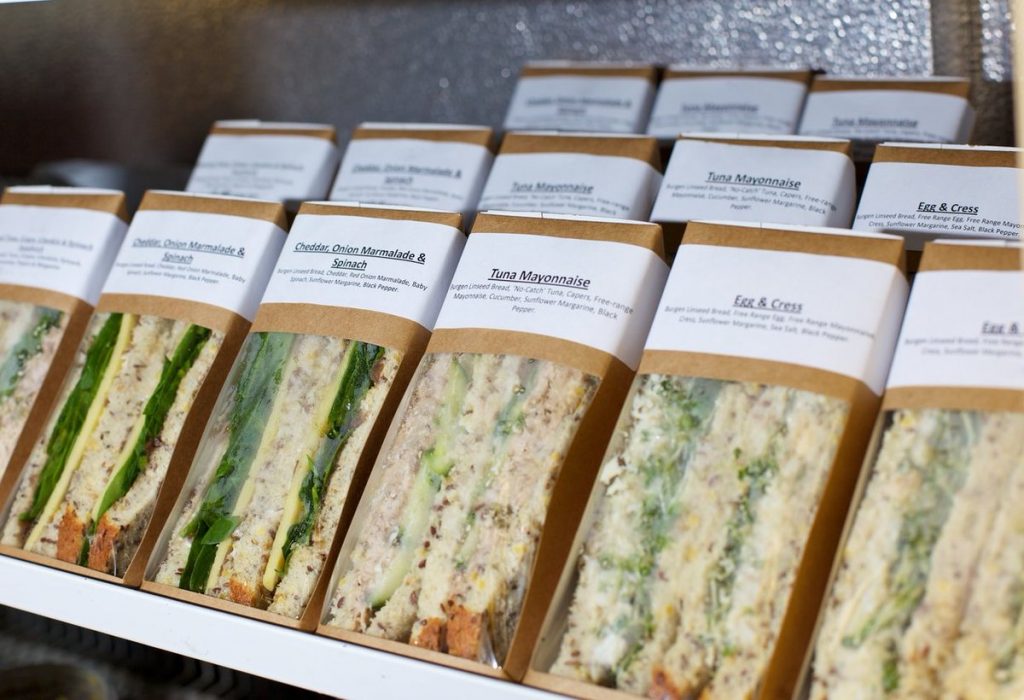10 foods to avoid while pregnant … and why

Pregnancy hormones can lower a woman’s immune system to the point that infections and diseases that she would normally fight off can have much more serious consequences. When talking about food poisoning, the two main culprits are listeria (Listeria monocytogenes) and salmonella. In Australia, one in ten cases of listeriosis is a pregnant woman, and […]
Whose job is it to check the coolroom temperature?

It’s in your HACCP plan and you know it’s important – that’s why you put your, er, top people on the job. And just because the kitchen is a madhouse, doesn’t mean it’s not getting done when it should, right? They’re not just writing down 3° on the log whenever they remember? Hmmm… There […]
Protecting your customers from listeria

The news today is reporting a story about two people who have died from listeria infection. Ten people in total have been affected by this outbreak, which has been linked to rockmelons from a farm at Nericon in the Riverina in NSW. Every year in Australia, about 150 people are hospitalised with listeriosis and about […]
USE BY vs BEST BEFORE

There is a critical difference between “use by” and “best before”, and it is what is happening to the food as it ages.
What is the food temperature danger zone?
5°C to 60°C has been specified as the food temperature danger zone. This is the range in which micro-biological growth can occur quickly. If food is left too long within this temperature range then potentially deadly micro-organisms can grow. Heating food above 60°C will kill most micro-organisms. It will not, however, remove the toxins that […]
What does “potentially hazardous” mean?
Any food that may contain food poisoning bacteria are classed as “potentially hazardous”. They include meat, dairy products, seafood, processed fruits and vegetables (including salads), cooked rice and pasta, foods containing eggs,nuts and other protein rich foods, and items that contain these foods (e.g. sandwiches). A food business must, when transporting food, transport potentially hazardous […]
Tips on receiving food
Tips on Receiving food: If receiving hot, cold or frozen food then it must be at the required temperature when you receive it. If it is outside the temperature range then you have no idea how long it has been too warm / cold and it should be rejected. If it has travelled a short […]
Tips on preparing food
Tips on preparing food: Take small quantities of food out of the fridge at any one time, and replace them as soon as possible.
Tips on cooling food
Tips on cooling food: When cooling food, the standards actually specify the maximum time you can take. The temperature must drop: from 60°C to below 20°C within 2 hours from 20°C to below 5°C within 4 hours The shape and size of the container will play an important part in this. Avoid large containers if […]
Tips on serving food
Tips on serving food: If food is to be served between 5°C and 60°C (e.g. at room temperature) then warm it up as close to being served as possible. Have procedures in place that allow you to know when food was brought out.

